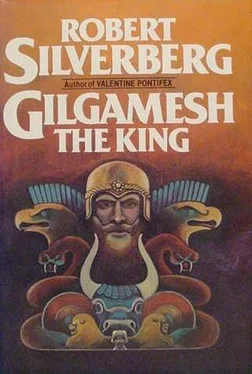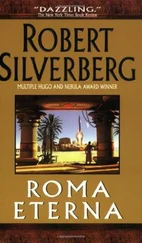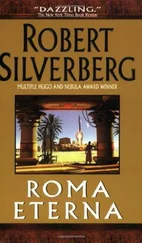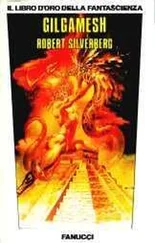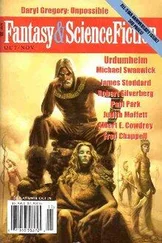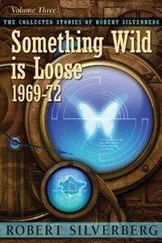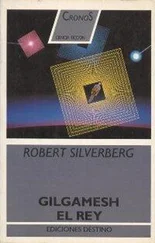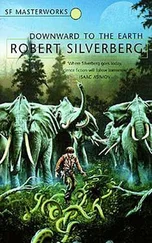Afterword
We have no reason to doubt that Gilgamesh of Uruk was an authentic historical figure. His name occurs frequently in the king-lists of the Mesopotamian land of Sumer-what is now the southern part of Iraq-and it is likely that he lived about 2500 B.C. Beyond much question he was a strong and successful king; until the end of independent Mesopotamian civilization, two thousand years later, he was regarded always as the prototype of the great leader, a warrior and statesman beyond compare. Myths of all sorts grew up about him; he became a legendary culture-hero, who combined in himself the best traits of Hercules, of Ulysses, of Prometheus.
It is primarily with the historical Gilgamesh that I have concerned myself in this book, but I have dealt also with that mythical one who is the hero of the oldest work of tragic literature which has survived into our time. I refer to the Epic of Gilgamesh, which is perhaps two thousand years old-more than a thousand years more ancient than the Iliad and the Odysseymand which may be even older than that. Our text of it, which is incomplete but conveys the essential story, comes to us in various forms that have survived by mere luck out of the ruins of antiquity. The longest known version was found by archaeologists in the nineteenth century in the library of the Assyrian king Ashurbanipal-the Assyrians were the final inheritors of the ancient Mesopotamian culture, long after the Sumerian founders had been absorbed by younger and more vigorous races-and was set down on clay tablets about 700 B.C. In addition we have a fragmentary version perhaps a thousand years older, written in the language of the Babylonians who dominated Mesopotamia between the time of the Sumerians and that of the Assyrians; and there is also a version in the language of the Hittites of Syria, indicating that the story was widespread throughout the Near East. All of these are probably based on some Sumerian original that is lost to us.
The Epic of Gilgamesh is a profoundly disturbing work: a meditative poem on the necessity of death. Gilgamesh is shown to be a superhuman figure, confident to the point of arrogance, bursting with vitality; and yet the fear of his own mortality reduces him to a kind of paralysis, out of which he emerges to undertake a desperate pilgrimage to the immortal survivor of the Flood, Ziusudra (Utnapishtim in the later versions). It is worth noting in passing that the entire tale of Noah and the ark as told in the Bible is almost certainly based on the Flood narrative embodied in the Gilgamesh epic, which precedes it by at least a thousand years and perhaps much more.
In retelling the story of Gilgamesh I have drawn freely on the original epic, relying mainly on the two standard English translations, that of Alexander Heidel (1946) and E. A. Speiser (1955). I have also incorporated into it the far older Sumerian poems dealing with other aspects of the life of Gilgamesh, making use of the translations by Samuel Noah Kramer (1955). But at all times I have attempted to interpret the fanciful and fantastic events of these poems in a realistic way, that is, to tell the story of Gilgamesh as though he were writing his own memoirs, and to that end I have introduced many interpretations of my own devising which for better or for worse are in no way to be ascribed to the scholars I have named.
Perhaps it need not be explained-but I will-that the two rivers referred to in the novel by their Sumerian names as the Idigna and the Buranunu are those known to later civilizations as the Tigris and the Euphrates. The ruins of Gilgamesh's Uruk are to be found near the modern Iraqi town of Warka, which is twelve miles from the present course of the Euphrates; but the literary and archaeological evidence strongly indicates that the river flowed much closer to the city in the time of Gilgamesh.
This file was created with BookDesigner program
bookdesigner@the-ebook.org
07/01/2012
